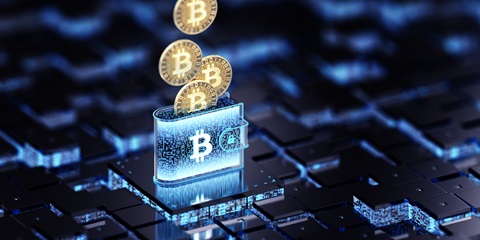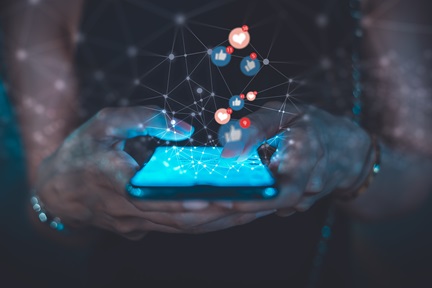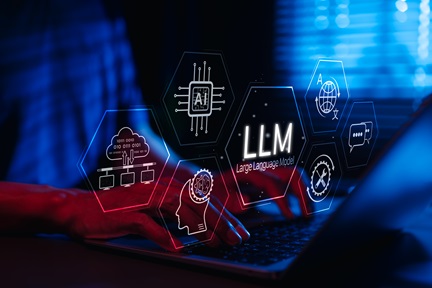Who on earth still buys counterfeit branded goods?
The Organisation for Economic Co-operation and Development (OECD) reported that international trade in counterfeit and pirated products has increased from US$250 billion in 2008 to US$1 trillion in 2016.
Luohu in China, Ladies Street in Hong Kong, Dongdaemun in Korea, and pasar malams in Singapore.
These are all places one can find counterfeit products. A 21-year-old man was recently arrested for allegedly importing more than S$520,000 worth of counterfeit products.
In another local news report, some counterfeit branded goods found in a pop-up store in Raffles City, which include handbags, clothes and accessories, came with a price tag of nearly S$10,000.
These are mind-boggling numbers. Why pay $$10,000 for a counterfeit Hermes bag when the same amount of money can get you many good quality bags, albeit not a Hermes?
HUGE MARKET
Clearly, there is still a significant market for counterfeit products around the world. The Organisation for Economic Co-operation and Development (OECD) reported that international trade in counterfeit and pirated products has increased from US$250 billion in 2008 to US$1 trillion in 2016.
To some extent, the advent of e-commerce has spurred the growth of the counterfeit trade as these products sellers now have a bigger platform to reach potential buyers.
Consumers can now also purchase counterfeit products in the “safety” of their own home, without risking the possibility of being seen purchasing counterfeit products.
What is interesting is this increase in counterfeit trade comes on the back of numerous campaigns by regulators and brand owners to discourage consumers from buying counterfeit products.
Branded goods manufacturers are constantly thinking of ways to thwart counterfeit goods sellers, for example, by date stamping the products with special codes. However, such measures will only be effective against consumers who buy counterfeit products unknowingly.
Broadly speaking, there are two types of counterfeit consumption – deceptive and non-deceptive.
Deceptive counterfeiting happens when consumers buy counterfeit products under the impression that the product is authentic. In such situations, regulation and measures used to differentiate the authentic products from the fakes will be helpful.
However, a broader piece of the problem comes from non-deceptive counterfeit consumption. In such situations, consumers actively search for and purchase counterfeit products.
BUYING COUNTERFEITS KNOWINGLY
Intuitively, one assumes buyers of counterfeit products come from developing countries and within each country, the lower-income group. Such intuition is driven in part by the assumption that people buy counterfeit products because they cannot afford to buy the “real” thing.
However, much research has shown that this is not true. Local news reports described in detail how high profile businesswomen and executives are among the purchasers of counterfeit bags.
After all, how many people can afford S$10,000 for a bag, counterfeit or otherwise? Such phenomenon is not restricted to Singapore. Apparently, such behaviour is also common among rich tai tais in Hong Kong.
Thus, though financial scarcity may be a driver of counterfeit consumption, it does not appear to be the most crucial reason why people buy counterfeit products. Counterfeit consumption is driven by more insidious societal pressure and individuals’ mindsets.
Two groups of buyers fall in this category – one group, driven by impression management concerns, and another who buys counterfeit products as they do not price in the value of intangible attributes such as product development costs.
SOCIAL INEQUALITY AND ASPIRATIONS
Recently, there has been discussion about rising social inequality in Singapore. As a society, Singapore faces the issue of disparity between the haves and the have-nots. What is the implication of this for the consumption of counterfeit products?
As long as there is a gap in social status, people in the lower echelon of the society will aspire to move up in social status. One way to signal one’s status is through the products one uses.
In a seminal article published many years ago, Professor Russell Belk from York University wrote about how individuals’ possessions constitute part of their extended self. We measure our worth by the products we own and the brands we use. Brands also become a tool for us to fulfill our status enhancement goals.
This is especially true in Asia. Asian consumers are less concerned about the intrinsic aspects of the brand, such as who the creative director is and his or her vision for the brand, and focus more on how can the brand enhance their status.
This drives the sales of luxury brands, and to a large extent, the secondary market of counterfeit products.
This does not mean consumers have no choice. Consumers can choose not to succumb to such pressures; the choice lies in our hands, but people vary in the extent to which they feel compelled to follow societal norms.
HOW DO YOU PRICE INTANGIBLES?
In addition, a desire for branded goods does not automatically imply a willingness to pay for such products. One key driver of counterfeit consumption is consumers’ perceptions that the high price of the authentic product is unwarranted.
Though many consumers want to be seen carrying a Gucci or Hermes bag, not many are willing to pay its price. Many consumers do not understand or see why they should pay such a high price for an authentic branded bag when they can get a similar version, albeit fake, at a much cheaper price.
Most consumers focus on the tangible aspect of a consumption, for example, the material used to manufacture the product.
However, the pricing of such products also take into account the intangibles. The time spent to hand-make the product, the craftsmanship, or the idea behind the collection.
Take for instance the music and movie industry. Many are happy to stream songs and movies online illegally. Consumers do not see the behind-the-scene work needed to bring the movie or song to fruition, and even if they are aware, many do not feel this matters much.
When I asked my undergraduate students whether they feel guilty when they buy counterfeit products, 80 per cent indicated that they do not feel guilty. That is the core of the problem - many of us do not feel that counterfeiting a product is inherently wrong.
This may to some extent be the key reason behind the normalisation of counterfeit consumption.
There is no stigma when one admits to buying counterfeit products. It is common and in some cases, such buyers are seen as smart shoppers. In such an environment, it is hard to convince consumers otherwise.
CAN WE STEM THE GROWTH IN COUNTERFEIT CONSUMPTION?
As long as there is a gap between the haves and have-not in the society, as long as we measure our worth by the brands we own, and as long as we downplay the behind-the scene-effort, there will always be a demand for counterfeit consumption.
Any time there is demand, there will be suppliers who will try to cash in on the demand. Thus, to reduce counterfeit consumption, regulation is not sufficient. A mindset shift is needed.
We need people to stop using products and brands to signal their status and identity. We need to increase awareness that the price they pay include behind-the-scene efforts from people they do not see.
Unfortunately, this is easier said than done, particularly in Asia where attaining a higher status is the perennial goal of many. Maybe attitudes will shift with generational change.
There is some preliminary indications from industry reports that millennials and Generation Z are more socially aware and less status conscious than baby boomers. They are less likely to define themselves based on the things they own.
Until that day dawns on us, I think counterfeit products are here to stay.
Sharon Ng is associate professor at the Division of Marketing and International Business at Nanyang Technological University.


.tmb-listing.jpg?Culture=en&sfvrsn=41c3e350_1)
.tmb-listing.png?Culture=en&sfvrsn=d48abb4_1)



